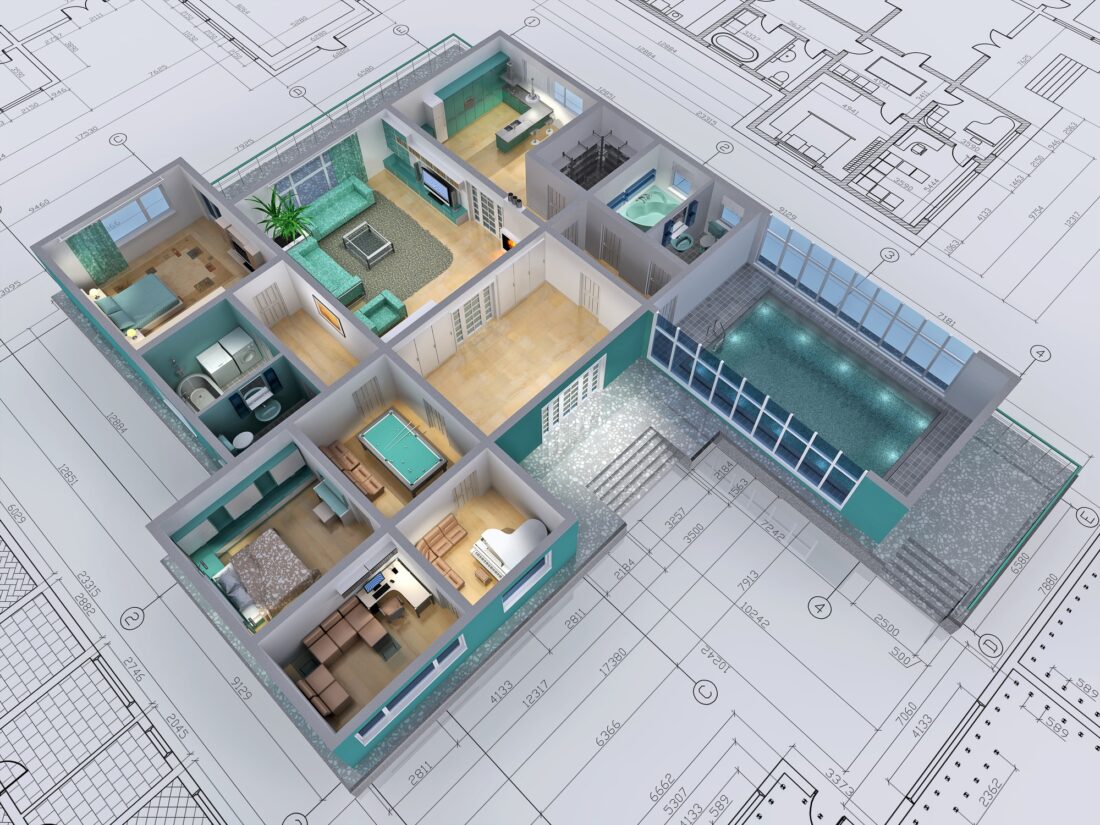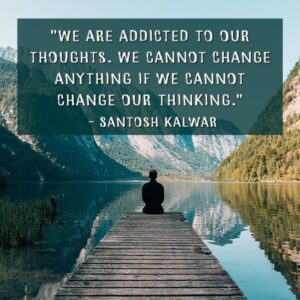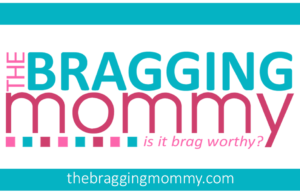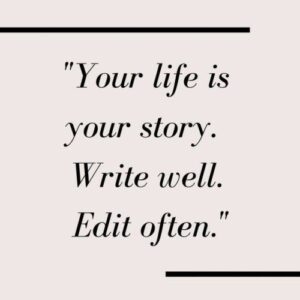Remember when architects carried around massive portfolios of hand-drawn blueprints? When interior designers relied on fabric samples and rough sketches to sell their vision? Those days feel like ancient history now, but they weren’t really that long ago.

What changed everything? The rise of 3D rendering services. But we’re not just talking about technological advancement here. We’re talking about a complete transformation in how design projects are conceived, communicated, and executed.
From Imagination to Reality: The Visual Bridge
Here’s the thing about human psychology – we’re wired to be visual creatures. When you ask someone to imagine a space, they create a mental picture. Problem is, your mental picture and their mental picture might be completely different. That’s where most design disasters begin.
3D rendering eliminates this guesswork by creating a shared visual reference point. Instead of hoping everyone imagines the same thing, you give them exactly what to see. The result? Fewer misunderstandings, fewer revisions, and way less frustration for everyone involved.
The Client Relationship Game-Changer
Traditional design presentations often felt like trying to sell someone a car by describing it instead of showing it. You’d sit there with your plans and sketches, watching clients squint and nod politely while having no clue what you were talking about.
Modern 3D rendering transforms these interactions completely. Suddenly, clients become active participants in the design process. They can point to specific elements, suggest changes, and actually understand what they’re investing in. It’s like switching from radio to television – same content, completely different experience.
Speed and Efficiency Revolution
Time-consuming revision cycles used to be the bane of every designer’s existence. Client wants to change the kitchen layout? Back to the drawing board. Literally. Hours of redrawing, re-calculating, and re-presenting.
With professional 3D rendering, these iterations happen in real-time. Click here, adjust there, and boom – you’ve got a new version to show. The view details from industry reports indicate that design projects using 3D visualization complete 35% faster than traditional methods.
Cost-Effectiveness That Makes Sense
Let’s talk money. 3D rendering might seem like an added expense, but it’s actually a money-saver in disguise. How? By catching expensive mistakes before they become real-world problems.
Consider these cost-saving scenarios:
- Identifying spatial conflicts before construction begins
- Testing material combinations without buying samples
- Avoiding costly design changes during construction
- Reducing the need for multiple physical prototypes
The Emotional Connection Factor
Here’s something most people don’t realize: 3D rendering creates emotional connections to spaces that haven’t been built yet. When clients can see their future home bathed in golden sunset light, or their office space buzzing with activity, they don’t just understand the design – they feel it.
This emotional engagement is powerful. It transforms clients from skeptics into advocates, from budget-conscious buyers into invested partners. As famous designer Philippe Starck once said, “Design is not just what it looks like and feels like. Design is how it works.” 3D rendering helps communicate both the emotional and functional aspects of design.
Quality Control and Consistency
Professional 3D rendering services maintain consistent quality standards across projects. This consistency is crucial for building trust and maintaining professional credibility. When every presentation meets high visual standards, clients know what to expect.
The Collaborative Advantage
Modern design projects often involve multiple stakeholders – architects, interior designers, engineers, contractors, and clients. Getting everyone on the same page used to be like herding cats. 3D rendering provides a common language that everyone can understand, regardless of their technical background.
Team collaboration becomes more efficient when everyone can see the same vision. Engineers can spot potential structural issues, contractors can identify construction challenges, and clients can provide meaningful feedback. It’s like having a universal translator for design communication.
Marketing and Sales Transformation
Let’s be honest – pretty pictures sell projects. In today’s Instagram-driven world, visual quality directly impacts perceived value. Projects with professional 3D rendering generate more interest, attract better clients, and command higher prices.
Marketing Benefits Include:
- Higher engagement on social media platforms
- More effective website presentations
- Compelling portfolio pieces
- Professional credibility enhancement
- Competitive differentiation
Risk Reduction Through Visualization
Every design project involves risk. Will the lighting work as intended? Will the materials complement each other? Will the space feel comfortable and functional? Traditional design processes leave these questions unanswered until construction is complete.
3D rendering provides a risk-management tool that allows designers to test scenarios, identify potential issues, and make informed decisions with confidence. It’s like having a crystal ball that shows you the future of your project.
The Technology Integration Factor
Modern 3D rendering services offer more than static images. They provide virtual reality experiences, interactive walkthroughs, and even augmented reality features. This technology integration isn’t just impressive – it’s practical.
Imagine allowing clients to walk through their future space virtually, change materials and finishes in real-time, or experience different lighting conditions. This level of interactivity was science fiction just a few years ago. Now it’s standard practice.
Creative Exploration and Innovation
Here’s an unexpected benefit: 3D rendering encourages creative exploration. When designers can quickly visualize different options, they’re more likely to try innovative solutions they might not have considered otherwise.
The iterative nature of modern 3D tools promotes experimentation. Want to see how that wall looks in a different color? Done in minutes. Curious about alternative furniture arrangements? Easy to test. This creative freedom leads to better design outcomes.
Industry-Specific Transformations
Different industries have discovered unique ways to leverage 3D rendering:
Architecture: Building design validation and client presentations Interior Design: Space planning and material selection Product Design: Prototyping and marketing visualization Real Estate: Pre-construction sales and marketing Urban Planning: Public engagement and approval processes
Quality Assurance and Professional Standards
Professional 3D rendering services maintain strict quality standards that elevate the entire design industry. When presentations consistently meet high visual standards, clients develop higher expectations, which drives overall industry improvement.
Future-Proofing Design Practices
As technology continues to evolve, 3D rendering services adapt and improve. Today’s cutting-edge features become tomorrow’s standard tools. Design firms that embrace these technologies position themselves for long-term success.
The Human Element
Despite all the technological advancement, the best 3D rendering services understand that this is ultimately about human connection. They know that behind every project is a person with dreams, concerns, and specific needs. Technology serves that human element, not the other way around.
According to industry research, 89% of design professionals report that 3D visualization has become essential to their workflow. This isn’t just a trend – it’s the new foundation of modern design practice.
Measuring the Impact
The transformation isn’t just qualitative – it’s measurable. Projects with professional 3D rendering typically see:
- 40% fewer revision requests
- 25% faster project approvals
- 30% higher client satisfaction scores
- 50% more referral business
Looking Forward
The transformation of design projects through 3D rendering services is just beginning. As technology continues to evolve, we can expect even more sophisticated tools and techniques that further bridge the gap between imagination and reality.
But one thing remains constant: the fundamental need to communicate design ideas effectively. 3D rendering has become the universal language of modern design, and those who speak it fluently will continue to thrive.
Whether you’re designing a small residential space or a large commercial development, 3D rendering has become an indispensable tool for project success. It’s not just about creating pretty pictures – it’s about transforming the entire design process from concept to completion.



